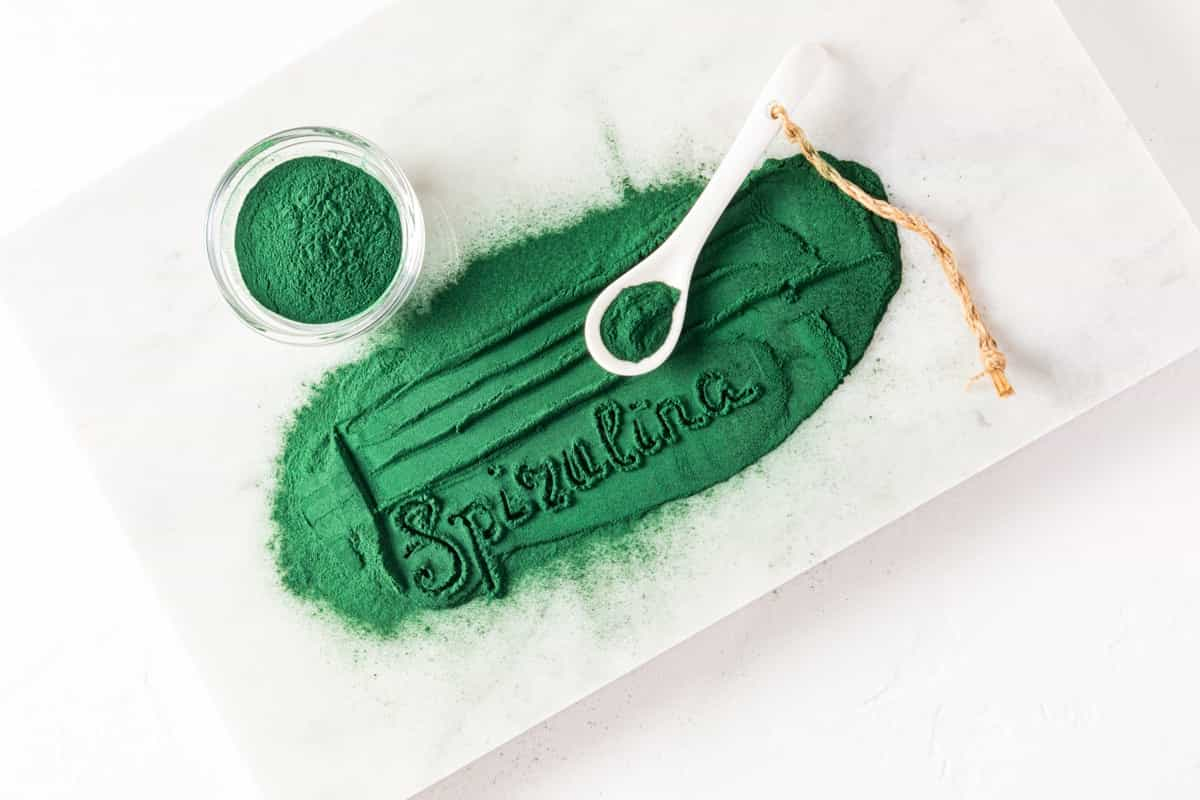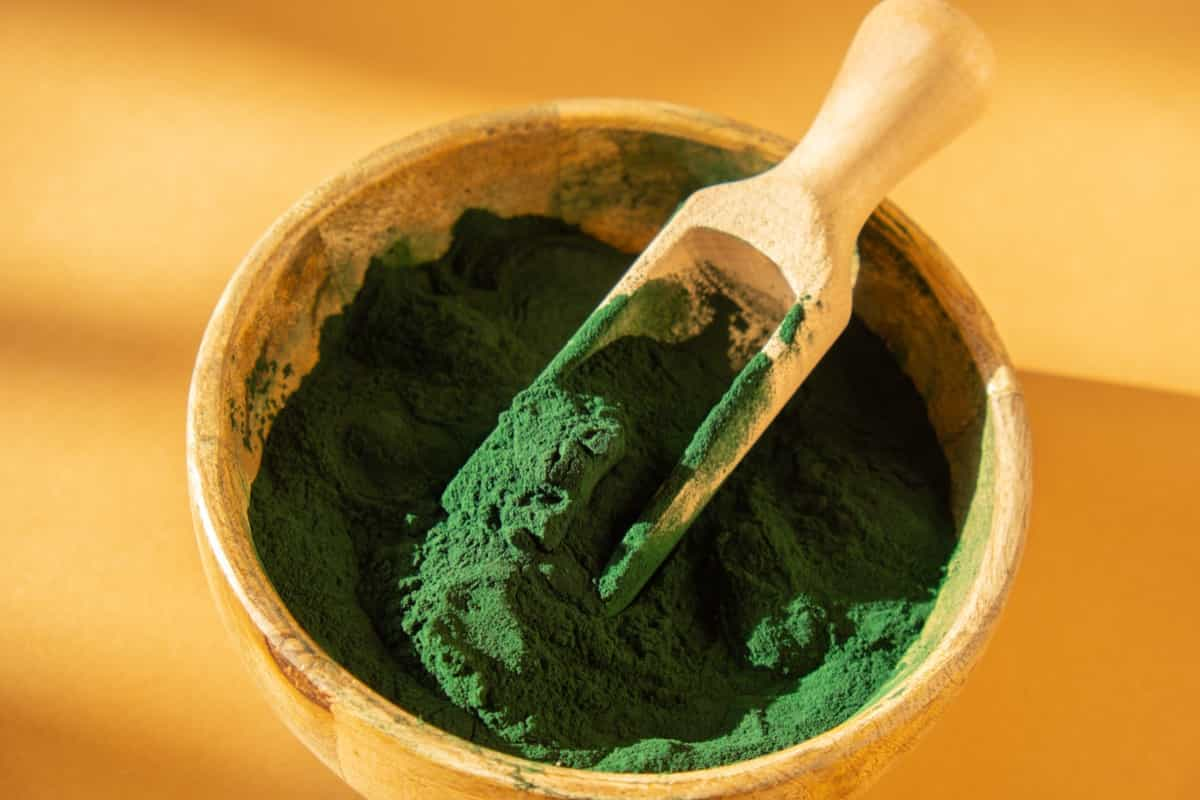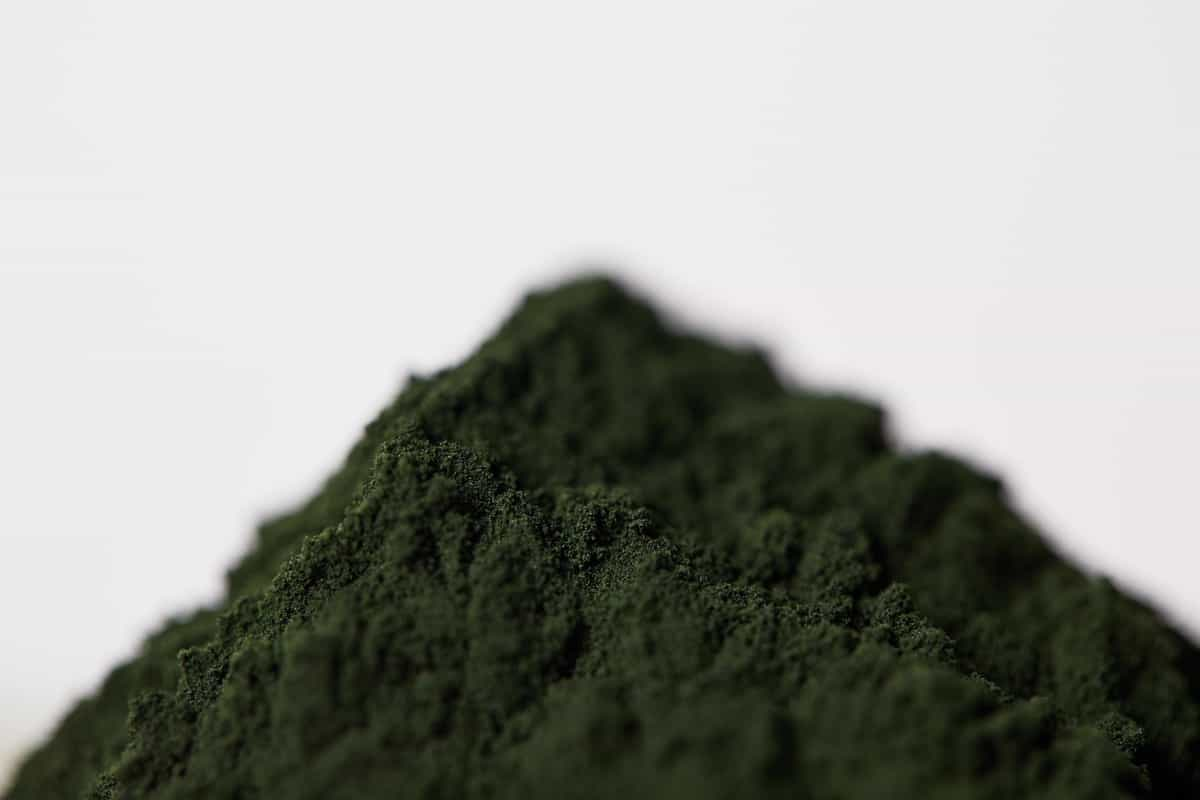Spirulina, a blue-green algae packed with nutrients and antioxidants, has gained popularity as a superfood in recent years. Spirulina can play a crucial role in wastewater treatment by absorbing excess nutrients like nitrogen and phosphorus. Spirulina thrives in warm, alkaline waters, so specialized tanks are used to create these conditions. As a result, the demand for Spirulina products has surged, leading to increased commercial cultivation of this microorganism.

Spirulina Production Process
Cultivating Spirulina for Commercial Purposes
The process of cultivating Spirulina for commercial purposes begins with selecting the right strain. Different strains have varying growth rates and nutrient content, so careful consideration is given to choosing the most suitable one. Next comes the preparation of the culture medium. Spirulina thrives in alkaline conditions and requires specific nutrients such as nitrogen and phosphorus. The culture medium is formulated to provide optimal growth conditions for the algae.
Once the culture medium is ready, it is inoculated with Spirulina starter cultures. These cultures contain live Spirulina cells that will multiply and populate the entire cultivation system. The cultivation tanks are designed to maximize sunlight exposure while minimizing contamination risks. Spirulina requires ample sunlight to carry out photosynthesis efficiently. Additionally, measures are taken to prevent any unwanted organisms from entering and affecting the purity of the culture.
Harvesting and Collection of Spirulina
Harvesting plays a crucial role in commercial Spirulina production. Once an adequate biomass density is achieved, harvesting methods like filtration or centrifugation are employed to separate Spirulina from its liquid suspension. The algae have to be harvested at the right moment to ensure maximum nutrient content and optimal quality.
The process begins by draining off excess water from the cultivation tanks, leaving behind a concentrated paste of Spirulina biomass. This paste is then collected using specially designed filters or nets that allow water to pass through while retaining the valuable algae. Once collected, the harvested biomass undergoes further processing to remove any impurities or unwanted materials. This typically involves rinsing with clean water multiple times to ensure purity.
Preparation of Spirulina for Drying
Once the Spirulina biomass has been harvested, it needs to be prepared for drying. The harvested biomass is thoroughly rinsed to remove any impurities or debris. This is essential as it helps maintain the purity and cleanliness of the final product. After rinsing, the Spirulina is carefully drained to remove excess water. Next, a gentle pressing process may be applied to eliminate moisture from the biomass further.
In case you missed it: Cultivating Green Gold: Exploring the Potential of Spirulina Contract Farming

To enhance efficiency in drying, some producers use centrifuges or filtration systems to separate excess water from the Spirulina concentrate. Once excess moisture has been removed, special attention is given to ensuring the even distribution of Spirulina on trays or screens for uniform drying. This allows for consistent results throughout each batch. The prepared Spirulina is then transferred into controlled-temperature dryers where warm air circulates slowly but continuously until desired moisture levels are achieved.
Drying and Dehydration of Spirulina
Once harvested, the algae undergo a drying process to remove moisture and preserve its nutritional value. The first step in this stage is filtration, where the Spirulina biomass is separated from water using fine screens or filters. This helps to concentrate the algae and remove impurities before drying. After filtration, the concentrated Spirulina biomass is spread out on trays or sheets for drying. Sun-drying involves exposing the Spirulina paste to direct sunlight until it reaches a desired moisture level.
Air-drying utilizes natural airflow or fans to reduce moisture content over time gradually. Freeze-drying involves freezing the Spirulina at extremely low temperatures and then removing ice crystals through sublimation. Once dried, the next step is dehydration, which further reduces any remaining moisture content to achieve optimal storage stability. Dehydration can be achieved by placing dried Spirulina in low-humidity environments or using equipment like dehydrators that utilize heat or vacuum technology.
Grinding and Milling of Spirulina
Grinding and milling help remove any moisture content and prevent spoilage during storage. The dried biomass is then milled using specialized equipment to break it down into smaller particles. The size of the particles obtained through grinding and milling can vary depending on the desired end product.
Fine powders are often preferred for supplements, while coarser particles may be used for certain food preparations or as animal feed additives. It’s important to note that gentle processing techniques are employed during grinding and milling to preserve the nutritional integrity of Spirulina.
Packaging and Storage of Spirulina
After the drying process, it is important to package the Spirulina properly to protect it from moisture, light, and oxygen. This helps to preserve its nutritional value. One common packaging method for Spirulina is using air-tight containers or pouches. It is also important to label the packages with relevant information such as batch numbers, expiration dates, and nutritional facts. Proper Spirulina storage conditions are equally important in maintaining its freshness. To further extend shelf life, some manufacturers add desiccants or oxygen absorbers inside each package.
In case you missed it: Frequently Asked Questions About Spirulina Farming

Quality Control and Assurance in Spirulina Production
Achieving consistent quality is of utmost importance in the Spirulina production process. To ensure that they meet some standards, strict quality control measures are implemented at every stage. Starting from the cultivation phase, careful monitoring of water quality, temperature, and nutrient levels is carried out to create an optimal environment for Spirulina growth. Proper packaging materials with moisture barriers are used along with appropriate labeling indicating essential information like batch numbers, expiry dates, etc., providing transparency to consumers.
Regulatory Compliance and Certification
To start with, regulatory compliance involves adhering to specific guidelines set by government bodies or relevant authorities. This includes obtaining necessary permits and licenses for operating a Spirulina production facility. It also entails following regulations related to food safety, hygiene practices, and environmental conservation.
Certification adds an extra assurance to both producers and consumers. It demonstrates that a Spirulina product has undergone testing and evaluation to meet certain standards of quality. Certification schemes such as organic certification or Good Manufacturing Practices (GMP) provide credibility and trust in the market. Furthermore, regulatory compliance ensures that proper record-keeping is maintained throughout the entire production process.
Environmental Sustainability in Spirulina Production
Sustainability is a key consideration in the production process of Spirulina. As the demand for this superfood continues to rise, it’s important to ensure that its cultivation and harvesting practices are environmentally friendly. Spirulina requires large amounts of water to grow, so it’s crucial to use efficient irrigation systems that minimize water waste. Additionally, implementing rainwater harvesting techniques can help reduce reliance on freshwater sources.
Another important factor is energy efficiency. The cultivation of Spirulina often involves artificial lighting, which consumes significant amounts of electricity. Furthermore, sustainable sourcing of raw materials is vital for environmental sustainability. Promoting biodiversity in and around Spirulina farms contributes to environmental sustainability efforts. Creating habitats for beneficial insects helps maintain ecosystems’ balance while providing natural pollination services.
Marketing and Distribution of Spirulina
To effectively market Spirulina, it is important to educate potential customers about its numerous health benefits. This can be done through various channels such as social media campaigns, informative website content, collaborations with influencers in the health and wellness industry, and participation in trade shows or exhibitions. One common distribution approach of Spirulina is selling directly to retailers or health food stores.
In case you missed it: Raising Bees for Pollination: Types of Bees Used, Challenges, and Best Practices

Another option is partnering with distributors who specialize in natural products or dietary supplements. Online platforms also provide an excellent avenue for reaching a wider audience globally. In addition to traditional marketing methods, word-of-mouth promotion plays a major role in increasing Spirulina demand. Satisfied customers sharing their positive experiences can create a ripple effect that attracts new consumers.
Frequently Asked Questions (FAQ) on Spirulina Production Process
What is Spirulina and Why Is It So Popular?
Spirulina is a type of blue-green algae that grows in both fresh and saltwater. From boosting the immune system to providing antioxidant support, Spirulina has become a staple in many people’s diets.
Is Organic Farming Used in Spirulina Cultivation?
Yes, many producers adopt organic practices such as using natural fertilizers and avoiding synthetic pesticides to maintain the purity of their products.
When is Spirulina Ready for Harvest?
Spirulina is usually harvested when it forms a dense biomass on the surface of the water body or tank where it’s being cultivated.
Conclusion
Spirulina, a nutrient-rich blue-green algae, has gained popularity due to its numerous health benefits. The benefit of Spirulina cultivation is its ability to thrive in diverse environments, including arid regions with limited access to freshwater. This makes it an ideal crop for countries facing water scarcity or struggling with land degradation due to conventional agricultural practices.
- Feed Your Flock for Less: Top 10 Tips to Save on Chicken Feed
- Ultimate Guide to Ossabaw Island Hog: Breeding, Raising, Diet, and Care
- Hatching Answers: The Top 10 Reasons Your Chickens Aren’t Laying Eggs
- Eggs and Economics: Breaking Down the Cost of Raising Backyard Chickens
- Defend Your Greens: Proven Methods to Keep Iguanas Out of Your Garden
- Ultimate Guide to Cinnamon Queen Chicken: A Comprehensive Guide for Beginners
- Ultimate Guide to California Tan Chicken: Breeding, Raising, Diet, Egg-Production and Care
- Ultimate Guide to Marsh Daisy Chicken: Breeding, Raising, Diet, and Care
- 10 Types of Chicken Farming Businesses You Can Start for Profits